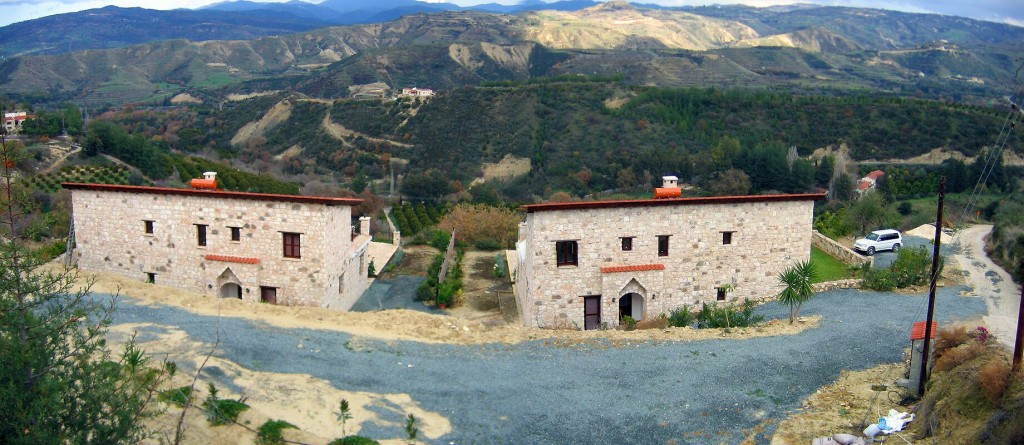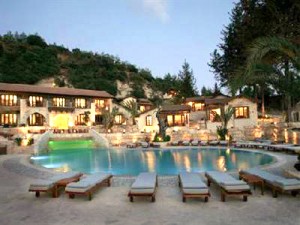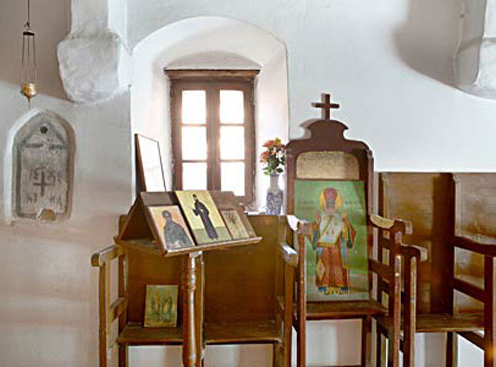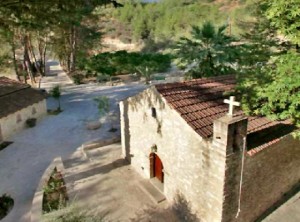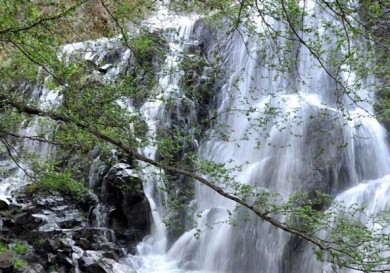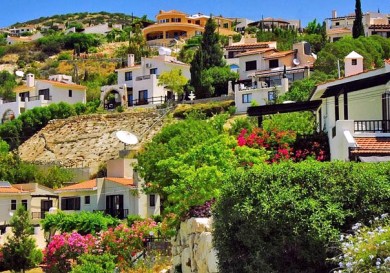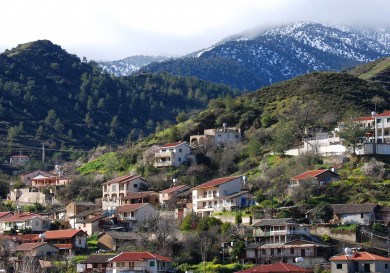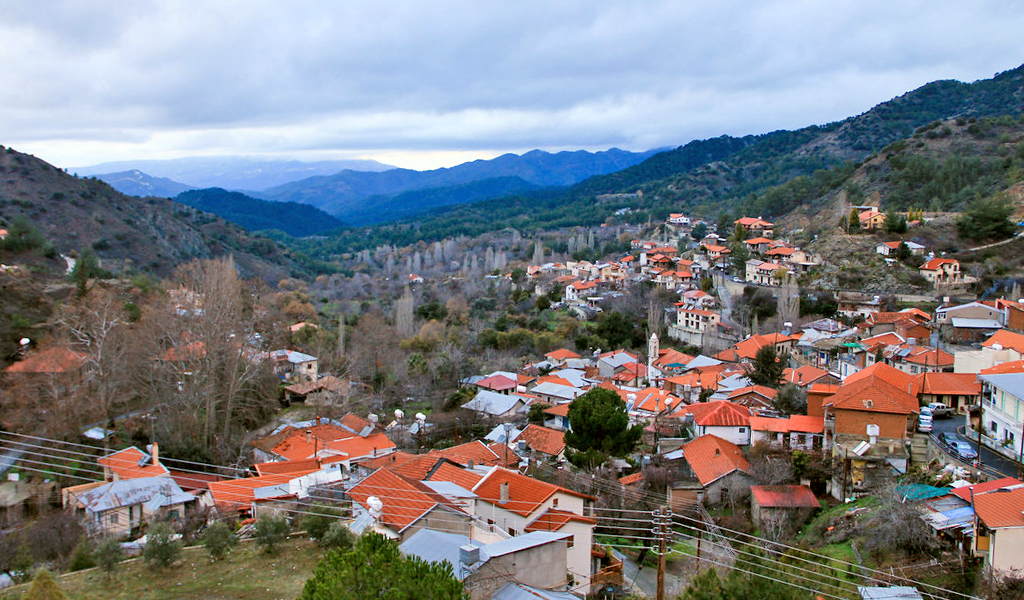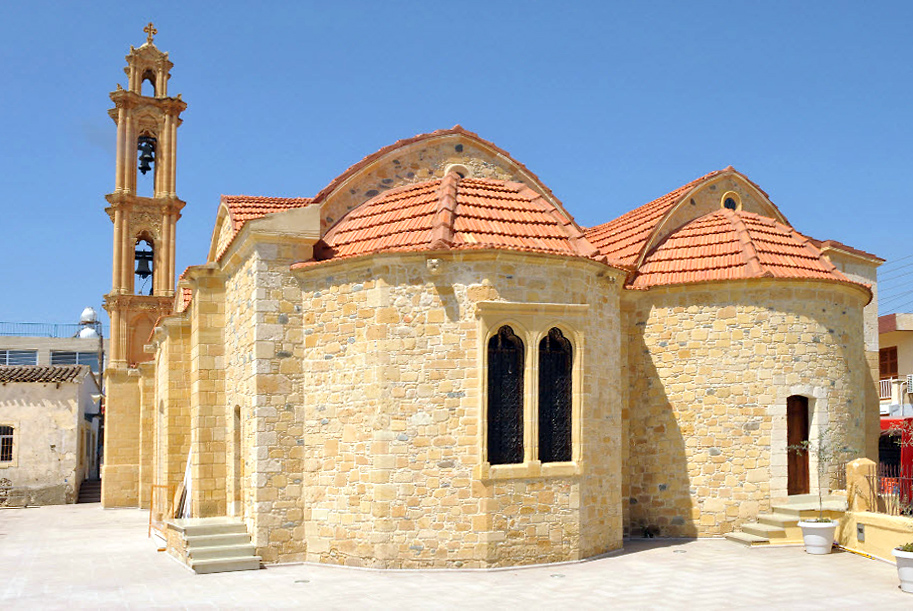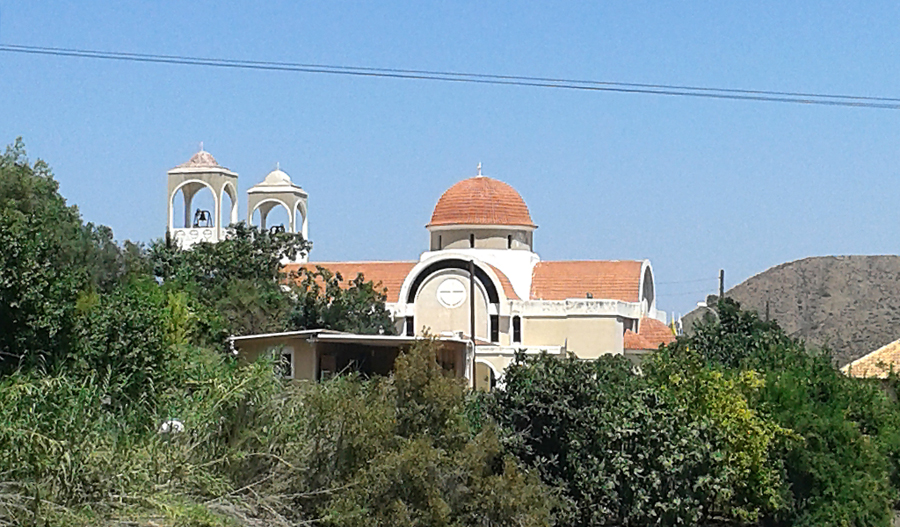Today our way lies on the road to Paphos – Polis, and we are leaving for a village that unknowing travelers can miss on their travels, which would be a pity, as the history of the village and its surroundings hides many unusual things!
Мiliou
Just 86 people inhabit the small village. Small stone houses with yards planted with various fruit trees line narrow streets.
On the outskirts of the village, from where a view of a beautiful valley opens, there is an old small school which used to house just one class of students, but which now holds classes on emergency medical services and Greek dancing lessons for the inhabitants and guests of the village.
You will easily find an abandoned olive press on one of the small streets which, as local elderly gentlemen say, will be restored in time. It is from here where pedestrian and bicycle paths begin, аs well as unusual routes for specialist ornithologists and for those who just love watching rare birds.
It is surprising but it is the valley of the village of Miliou that became one of the rare places on the island where nightingales have settled. In the spring it becomes a shelter for swallows. They like the church of Agioi Anagyroi, where they have made a nest to come back here again and again.
Historic Mysteries
If you go from the village towards the famous hotel and spa, Ayii Anargyri, you will be able to visit a small but very interesting church.
The miniature church of Holy Unmercenaries is always open. The icons of Saint Cosmas and Damian are kept here, the first of the unmercenaries and healers which are prayed for in church.
People say that the hidden chamber used to belong to two brothers, famous as healers. Thanks to their help, which they rendered free of charge, the name of Anagyroi arose, which means ‘unmercenary,’ or ‘without payment, without silver’. Local people loved and appreciated the brothers deeply because of their self-sacrifice and deified them as saints. There are many beliefs and amazing stories in the adjacent villages.
One of them tells us that the brothers did not much like housework and when local people dropped into their house they saw rotten chicken eggs which, rumour had it, was the cause of the unpleasant small in the region.
But after research was done in the 19th century, it turned out that the cause of the smell was hydrosulfuric springs. Before this the monastery had experienced a decline, but after the healing waters were discovered a decision was made to widen the convent to accept monks and later nuns were allowed to stay.
Later the monastery became deserted and the new owners built a wonderful hotel and spa here, which is especially appreciated by the locals who like to try the healing power of the natural sources for themselves, bathing in which is good for blood circulation, the condition of your skin, digestion, muscle tone, joint mobility and the cardio-vascular system.
 But let’s go back to the church. During the long period of its existence its facade was renovated many times but the thick walls were always preserved in their original state.
But let’s go back to the church. During the long period of its existence its facade was renovated many times but the thick walls were always preserved in their original state.
Weddings and ceremonies in the midst of pine, eucalyptus, cypress and other trees, many of which were planted by the founder of the hotel, Zenon Khrisanfou, often take place here.
The smell of rare herbs and the coolness coming from the valley create the impression that we are some place high in the mountains.
Other Sights
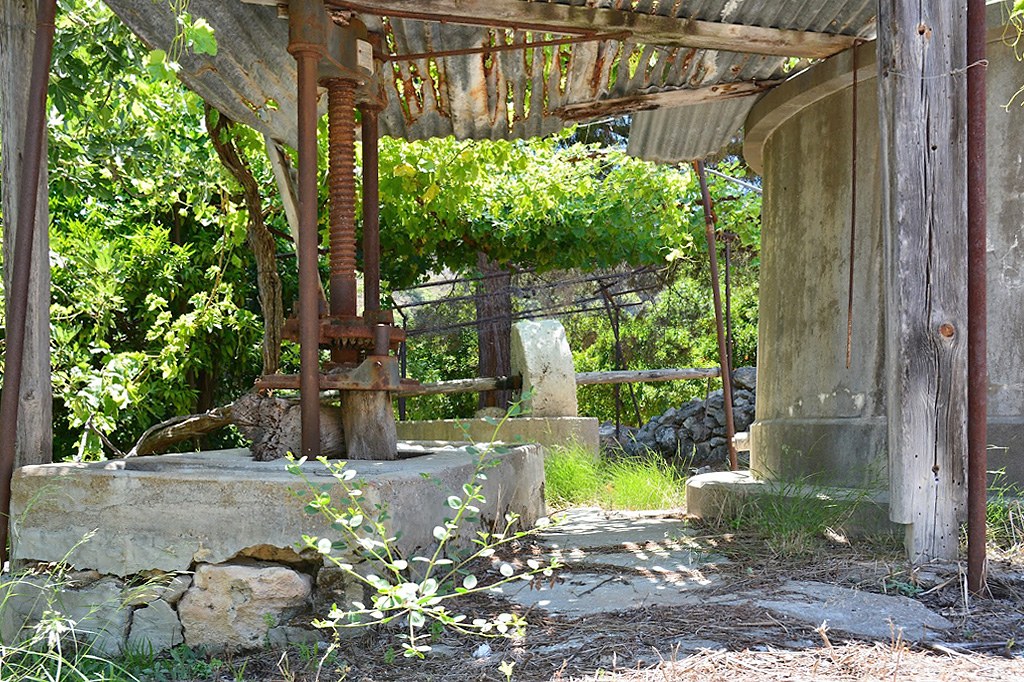 We are in for a visit to a 200 year old mill, named Kouyiouka.
We are in for a visit to a 200 year old mill, named Kouyiouka.
This water mill and adjacent buildings focus on the Cypriot culture and traditions. Here they bake the freshest village bread, sell genuine honey, оlive oil, the healing syrup of the locust tree, dry soup trakhanas, serve Cypriot coffee and healthy herbal teas, and offer various village foods.
Before a meal you should get acquainted with the interesting exhibits of the Bread, Wine and Olive Oil Museum. Тhis is why we have stopped for a long time near the industrious mill.
If you still have some energy, you should follow the Skarfos bridge sign, which stands just opposite the mill, and after a while you will find yourself near the Skarfos bridge, which was built in 1618. A splendid sight!
Conclusion
Our new wonderful journey is coming to an end. But journeys around Cyprus do not end.
No matter where we go next time – to the suburbs of Paphos, Limassol or Larnaca, or visit the capital, Nicosia, or Fаmagusta, we are sure that our trip will be enchanting, while the day will bring us a lot of emotions, which the sunny Cyprus is ready to share with us!





